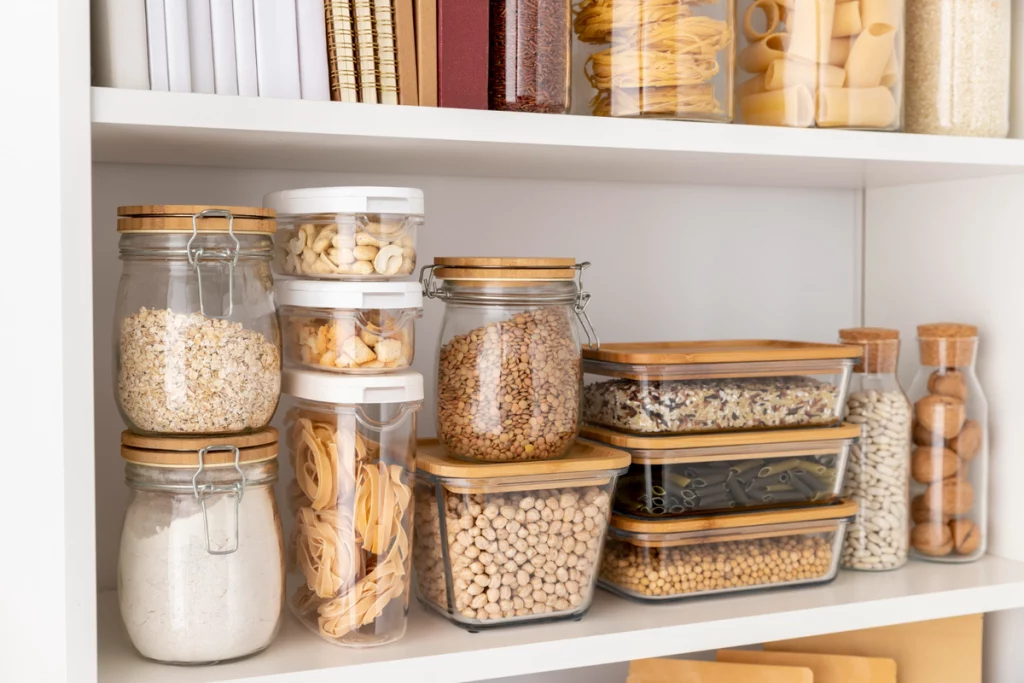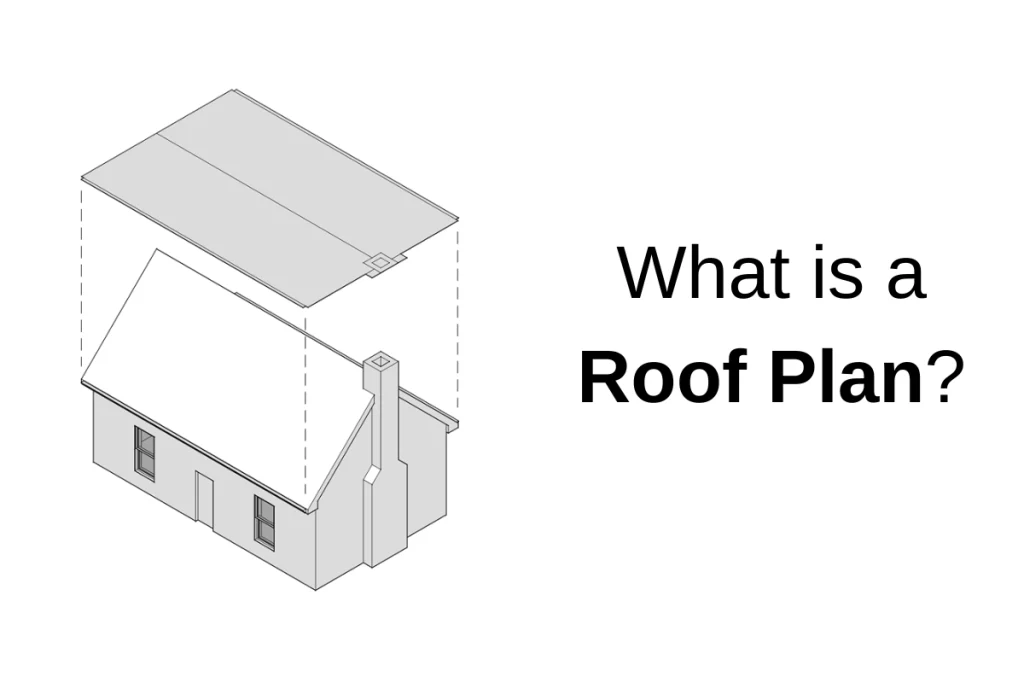Are you looking to design a space-efficient, well-organized walk-in pantry that compliments your kitchen? A well-designed walk-in pantry is a game-changer for any home. This article will guide you through the design process, ensuring your pantry is not only aesthetically pleasing but also functional.
A walk-in pantry is a small room or closet dedicated to food, beverages, kitchenware, and other kitchen essentials storage. With easy access and ample space, they streamline meal prep, making your kitchen a more efficient and enjoyable place. Offering more storage space than traditional cabinet pantries, they can house everything from everyday items to rarely used specialty ingredients or appliances.
Different Types of Pantries
Walk-in pantries come in various types, each boasting unique features and functionality to suit varied kitchen layouts and storage needs. Let’s discuss some of them:
- Closet Pantry: A compact version of a walk-in pantry, often converted from a closet, offering storage for pantry essentials with open shelves or pull-out trays.
- Traditional Walk-In Pantry: The classic and common walk-in pantry is a separate room near the kitchen with shelves and cabinets, providing ample space for pantry items.
- Butler’s Pantry: A luxury addition to large kitchens or formal dining areas, serving as a storage and serving area for tableware and glassware. These can also serve as a “staging area” for large meals and gatherings.
- Walk-Through Pantry: Integrated into the kitchen’s layout, it allows seamless access from both ends, combining open shelves and closed cabinets.
Size of Walk-in Pantry
Walk-in pantries typically include shelves (either built-in or free-standing), drawers, baskets, and sometimes counter space. The size varies but generally, walk-in pantries are spacious enough for one or two people to stand comfortably. Generally, the dimensions are determined by factors like:
- Available Space: The amount of space adjacent to the kitchen or a spare room can dictate the pantry’s size.
- Family Size: Larger families may require more storage space for groceries and kitchen essentials.
- Cooking Frequency: Frequent home cooks might opt for larger pantries to store a variety of ingredients and supplies.
For a minimal walk-in pantry, you’d need space to stand and minimal shelving depth.
- 30” minimum aisle for shelf access
- 40” aisle if you intend to have a work surface
- 48” aisle if you intend to have two people using the space or 48” from the face of a refrigerator

Shelving can be as shallow or deep as you’d like, but between 12”-18” is common. A smaller depth makes for easy access to the back of the shelves and larger depths are better for storing small appliances.
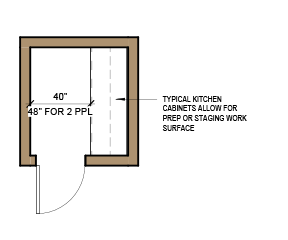
Upgrade your shelves to a counter, giving you base cabinets, a work surface and uppers. Make sure to consider how you access the base cabinets – you can stand next to drawers when they are pulled out, but doors may be awkward in tight spaces. Cabinets are typically 24” deep with a 1″ overhang.

Planning and Layout
When considering adding a walk-in pantry to your kitchen, careful planning and layout are essential to ensure optimal functionality and efficiency. Here are some key factors to consider during the planning process:
1. Assessing Available Space and Location for the Pantry
Begin by identifying the available space within or near your kitchen where the walk-in pantry can be located.
Common locations include a corner adjacent to the kitchen, a nearby hallway, or an unused space that can be converted into a pantry. Take measurements of the area to understand the potential dimensions for your pantry.
2. Determining the Pantry’s Size and Dimensions
The size of your walk-in pantry will depend on several factors, including the amount of storage space needed, the number of household members, and your cooking and shopping habits.
Consider how much food and kitchen supplies you typically have on hand and plan for future growth. A pantry that is too small may limit its functionality, while one that is too large might lead to wasted space. Also, consider using a full-height space for maximum storage.
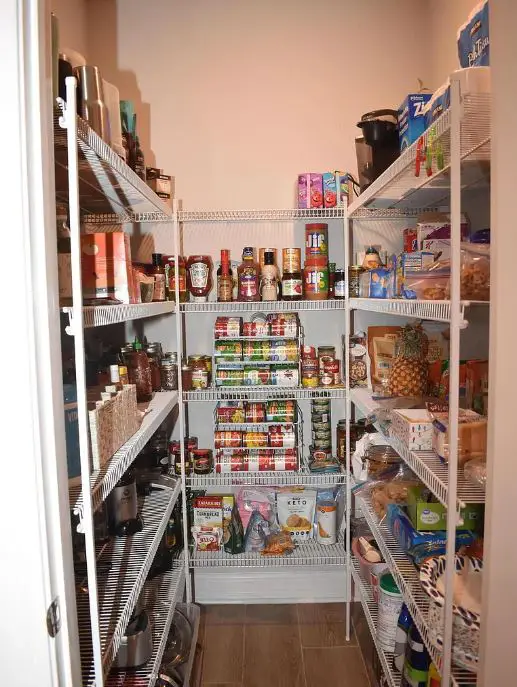
3. Considering Traffic Flow and Accessibility within the Kitchen
Evaluate the traffic flow in your kitchen to ensure that the walk-in pantry’s location does not hinder movement or create obstructions in the kitchen’s workflow.
The pantry should be easily accessible from the main cooking area, allowing for quick and convenient access to pantry items while preparing meals.
Avoid placing the pantry in high-traffic zones to prevent congestion during busy cooking times. You should also consider how groceries get from the car to the kitchen.
Storage Solutions
Storage is the heart of a walk-in pantry, serving as the foundation upon which an efficient and organized kitchen space is built.
A well-designed storage system in a pantry offers a multitude of benefits that greatly impact the functionality and overall cooking experience. Here are few storage solutions to consider:
1. Shelving Options
- Adjustable Shelves: These allow for customization to fit items of varying heights. This flexibility and versatility allow you to maximize the use of available space and easily adjust the pantry layout when your storage needs change.
- Pull-Out Shelves: Pull-out shelves are installed on tracks, allowing them to slide in and out smoothly. These provide easy access to items at the back. This feature enhances visibility and ensures that nothing gets lost or forgotten in the depths of the pantry.
- Floating Shelves: Floating shelves are mounted on the wall without visible brackets, giving a clean and modern look to your pantry. They are highly customizable, as you can arrange them at different heights to fit items of various sizes. Floating shelves work well for displaying decorative items or items that are used frequently, making them both practical and aesthetically pleasing.
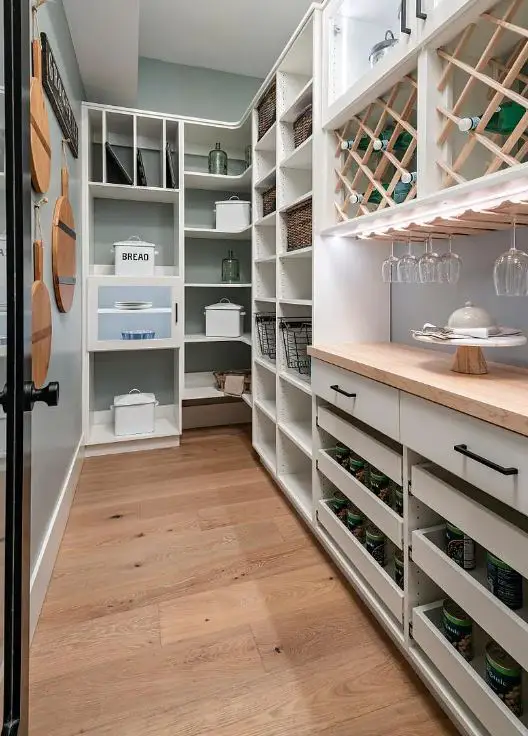
2. Storage Containers and Organization
The walk-in pantry becomes a culinary haven where every item finds its designated place, making navigation a delightful and stress-free experience. Let’s discuss some types of storage containers and organization solutions commonly used in walk-in pantries:
- Clear Containers: Using clear containers for storing dry goods like pasta, grains, cereals, or snacks allows you to see the contents without opening them. This makes it easier to identify what you need, and it also helps you keep track of when you need to restock items. These create a uniform look in the pantry and keep food items fresher for longer by sealing out air and moisture.
- Labels: Labeling containers, baskets, or bins is essential for maintaining an organized pantry. It helps you quickly identify what you’re looking for and prevents confusion. You can use simple adhesive labels, chalkboard labels, or even a label maker for a neat and professional appearance. Make sure to use clear and legible labels to ensure easy identification.
- Baskets and Bins: These are excellent tools for grouping similar items together, especially loose or irregularly shaped items like fruits, vegetables, snacks, or baking ingredients. They add a sense of order to your pantry and prevent items from rolling or scattering around. You can choose from various materials and styles to match your pantry’s décor and create a visually appealing storage solution.
3. Specialized Storage Features
- Spice Racks and Door-Mounted Organizers: Utilizing the space on the inside of the pantry door is a smart storage solution, especially for smaller items. They are designed to fit snugly on the door and keep smaller items easily accessible. They free up shelf space for larger items and help keep your pantry neat and tidy.
- Wine Racks and Glassware Holders: If you enjoy hosting gatherings or have a wine collection, incorporating wine racks and glassware holders in your walk-in pantry is a great idea. Wine racks can be designed to hold bottles horizontally, keeping the corks moist and preserving the wine’s quality. Glassware holders ensure your delicate glasses are stored safely, preventing chipping or breakage.
- Built-in Drawers: These provide convenient storage for utensils, linens, or even small appliances that you may want to keep within easy reach but prefer to keep out of sight.
- Refrigeration: You can also consider a mini-fridge for extra drinks or a wine cooler.
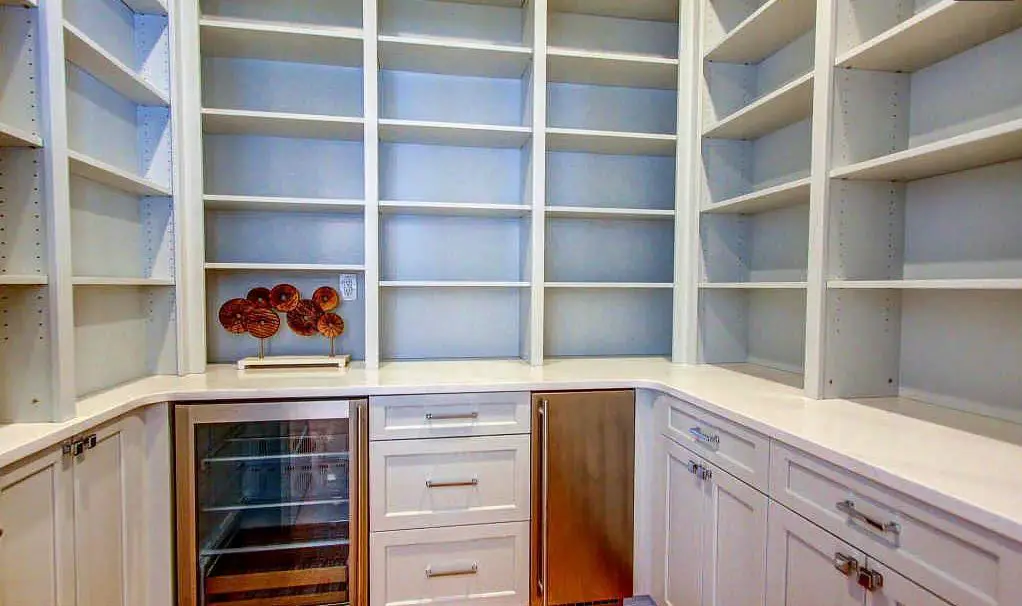
Lighting and Electrical
Lighting plays a critical role in creating a functional and inviting walk-in pantry. Adequate illumination is essential to ensure that every nook and corner of the pantry is well-lit, making it easy to locate items and maintain a clutter-free space. Consider a thoughtful combination of ambient, task, and accent lighting for optimal results.
If you have counter space, you’ll want to add outlets for appliances. You could make the pantry your coffee station, or keep your bread machine plugged in and ready to go. The pantry is also a good location to store and charge your stick vacuum for quick access for clean-ups.
Flooring and Finishes
Flooring and finishes in the walk-in pantry should be chosen with practicality and aesthetics in mind. The right choice of flooring and finishes ensures easy maintenance and complements the overall design of the pantry, creating a cohesive look for the kitchen.
Choose easy-to-clean, durable flooring like tile or vinyl. For finishes, consider matching your kitchen’s style for a cohesive look.
Pantry Organization Tips
Organizing the walk-in pantry is the key to a well-functioning and efficient space. Follow these practical tips to keep your pantry tidy, save time, and reduce food waste: Here are some tips:
- Categorizing and Grouping
Organize items in the pantry by type and usage. Group similar items together, such as grouping all snacks in one area, canned goods in another, and staples in their designated section. This categorization makes it easier to find what you need quickly, reducing the time spent searching for items.
- FIFO System (First In, First Out)
Implement a FIFO system to maintain pantry freshness. Arrange products so that older items are placed at the front and newer items at the back. This way, you are more likely to use older products first, reducing the chances of items expiring or going to waste.
- Maintaining Order and Cleanliness
Regularly declutter your pantry to keep it well-organized. Dispose of expired items or donate seldom-used items, creating more space and preventing clutter buildup. Regular cleaning also ensures a hygienic environment for storing food.
- Keep Essentials Within Reach:
Store frequently used items at eye level or on lower shelves for easy access. Reserve higher shelves for items used less frequently or for storing surplus items.
The convenience of having frequently used items readily available not only saves time but also inspires culinary creativity as you navigate your well-organized pantry with ease.
Featured Image Source: Image by Freepik

